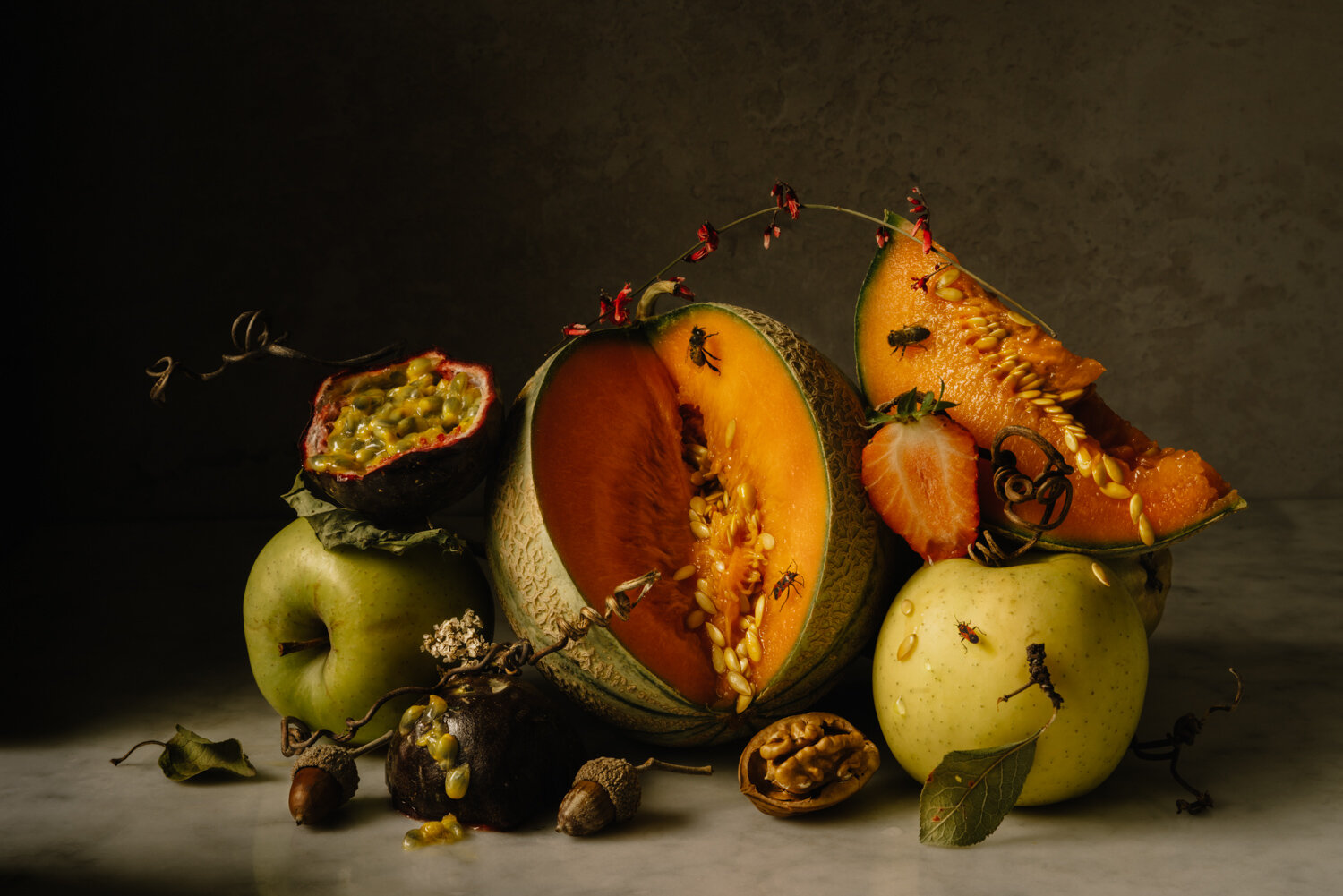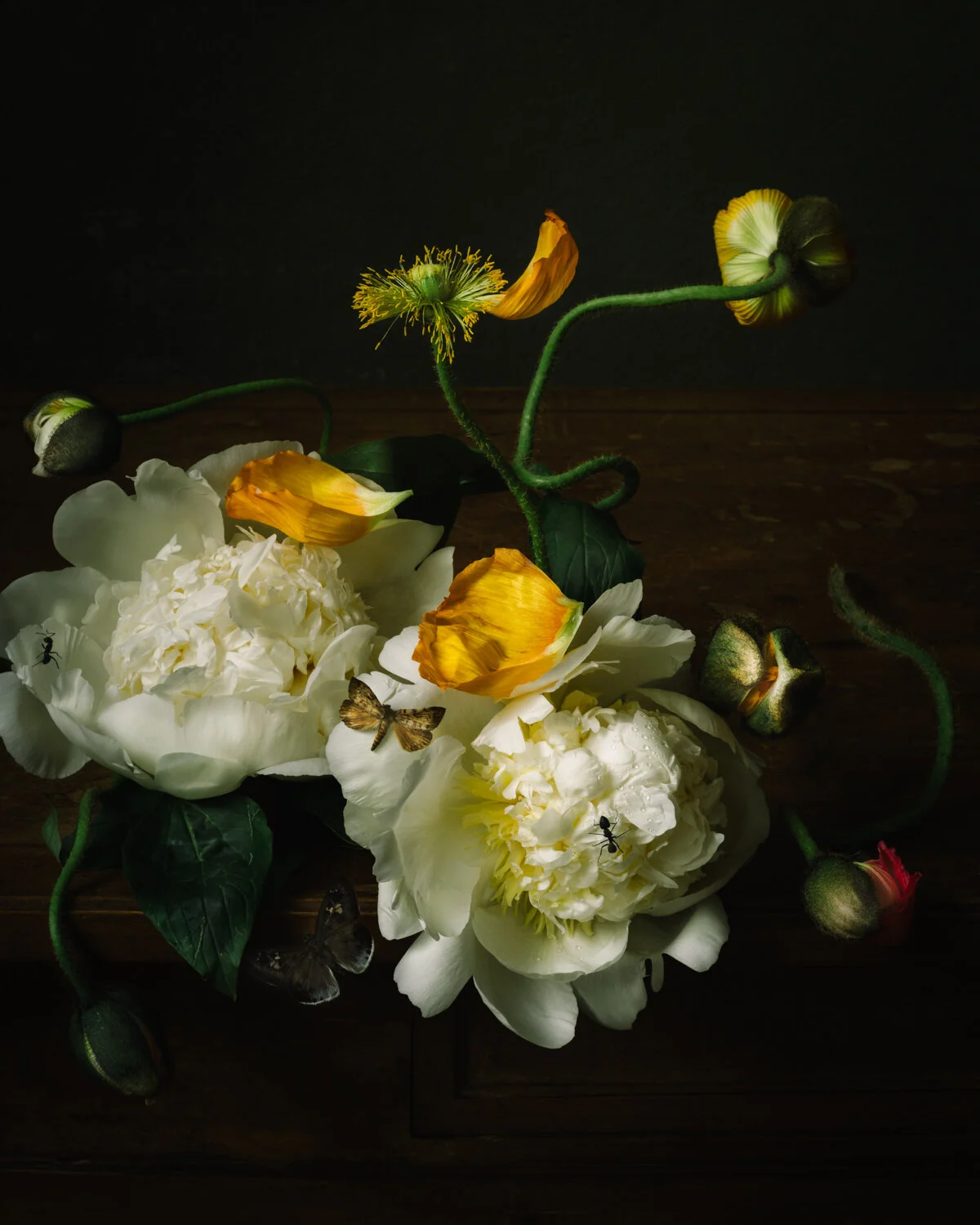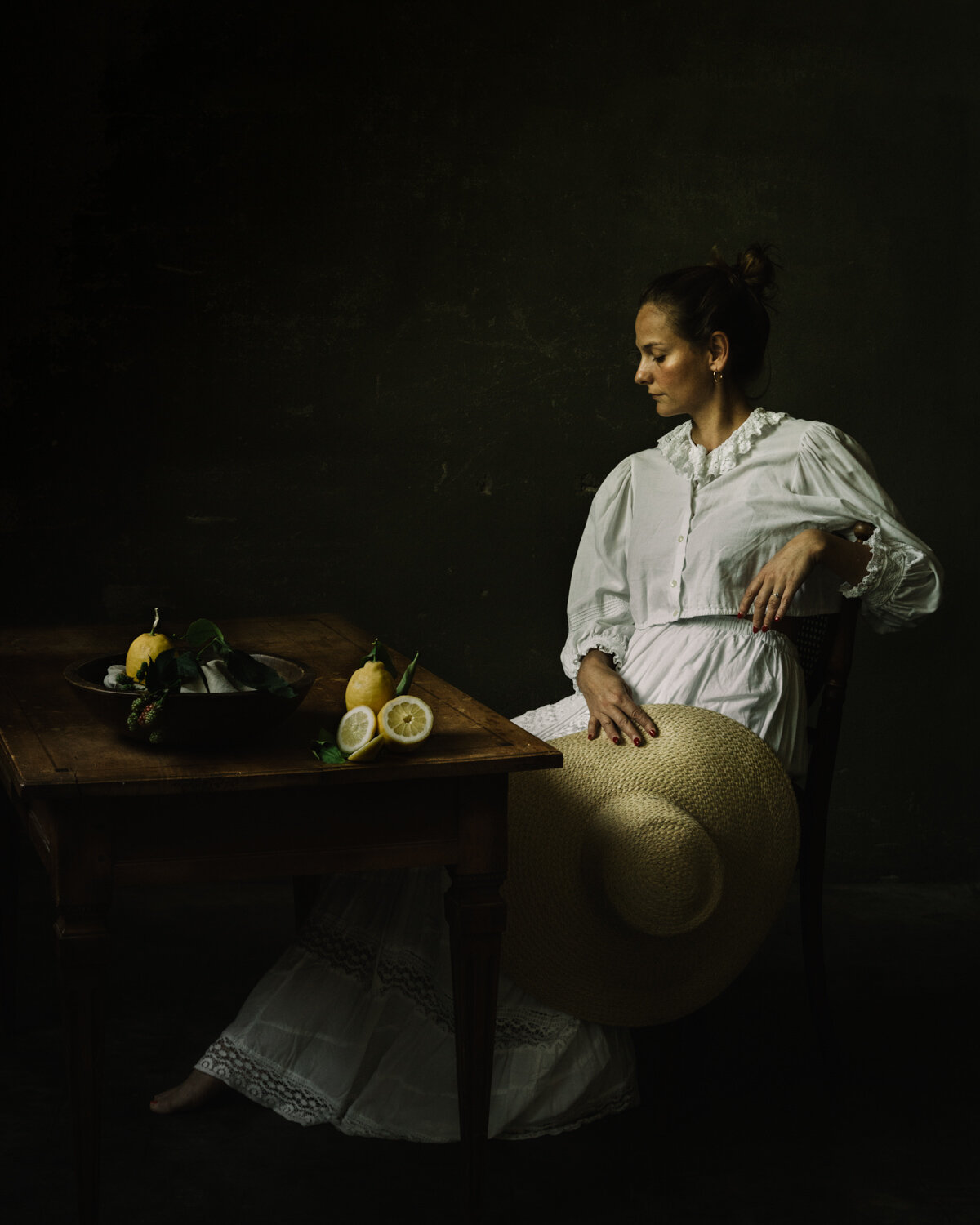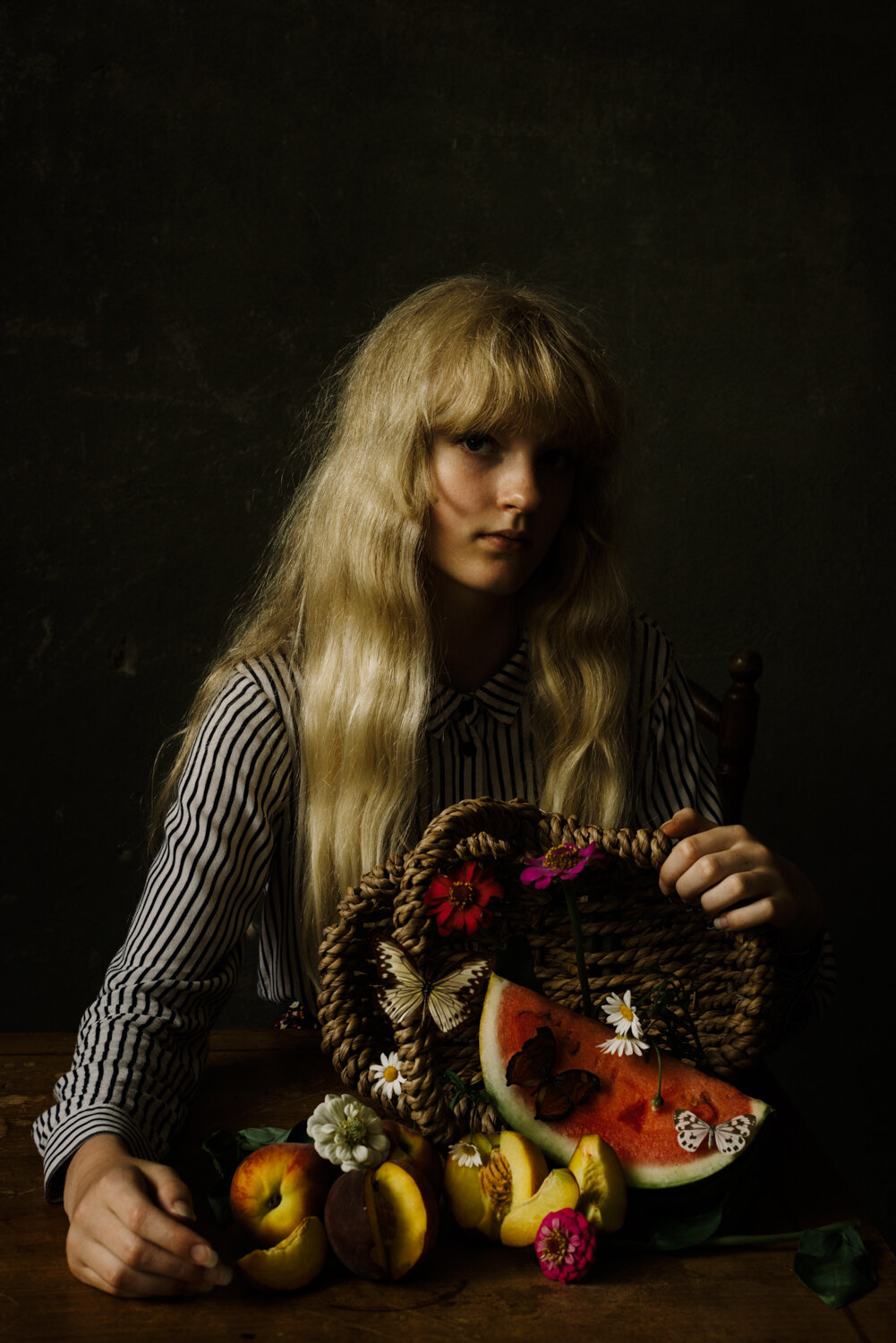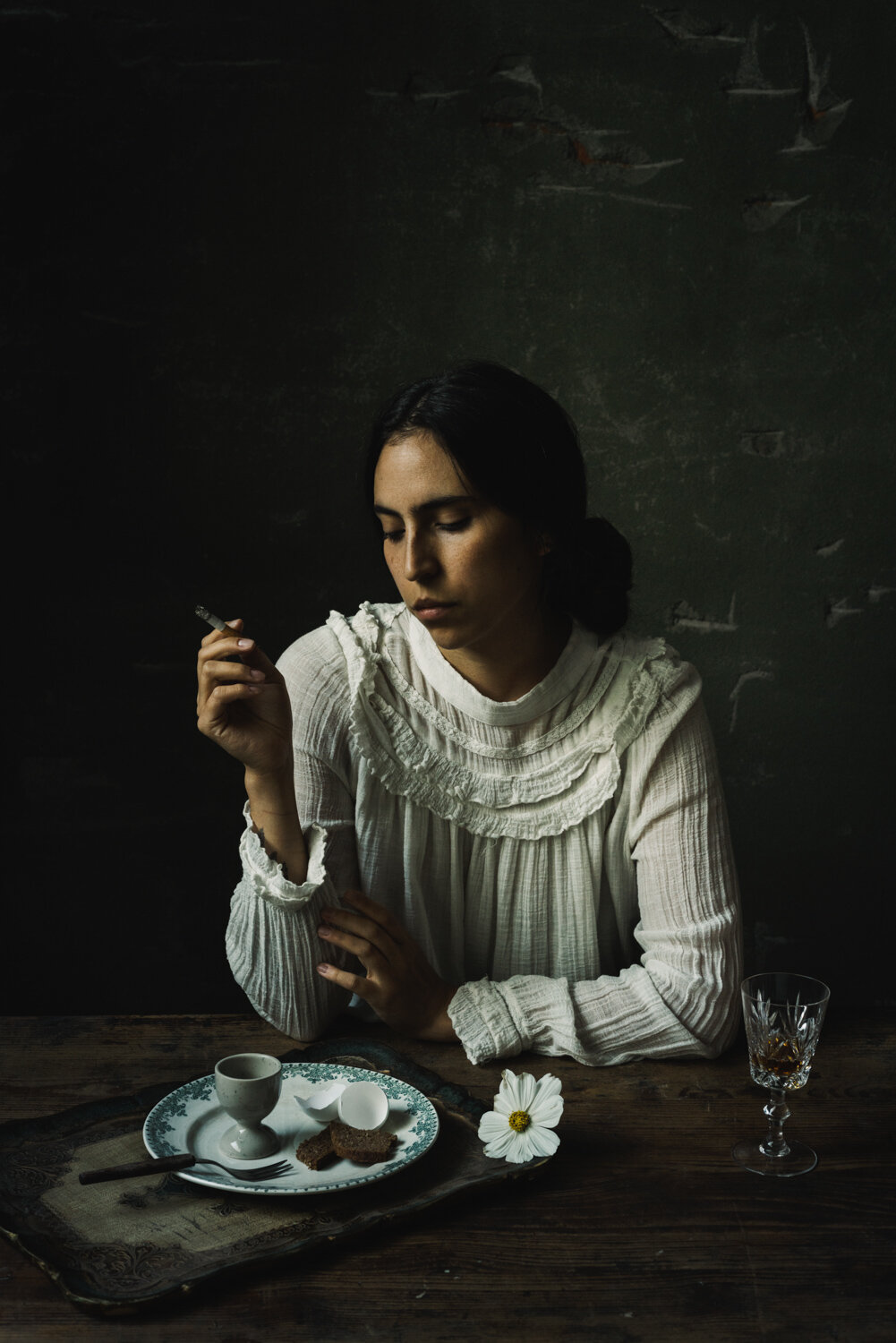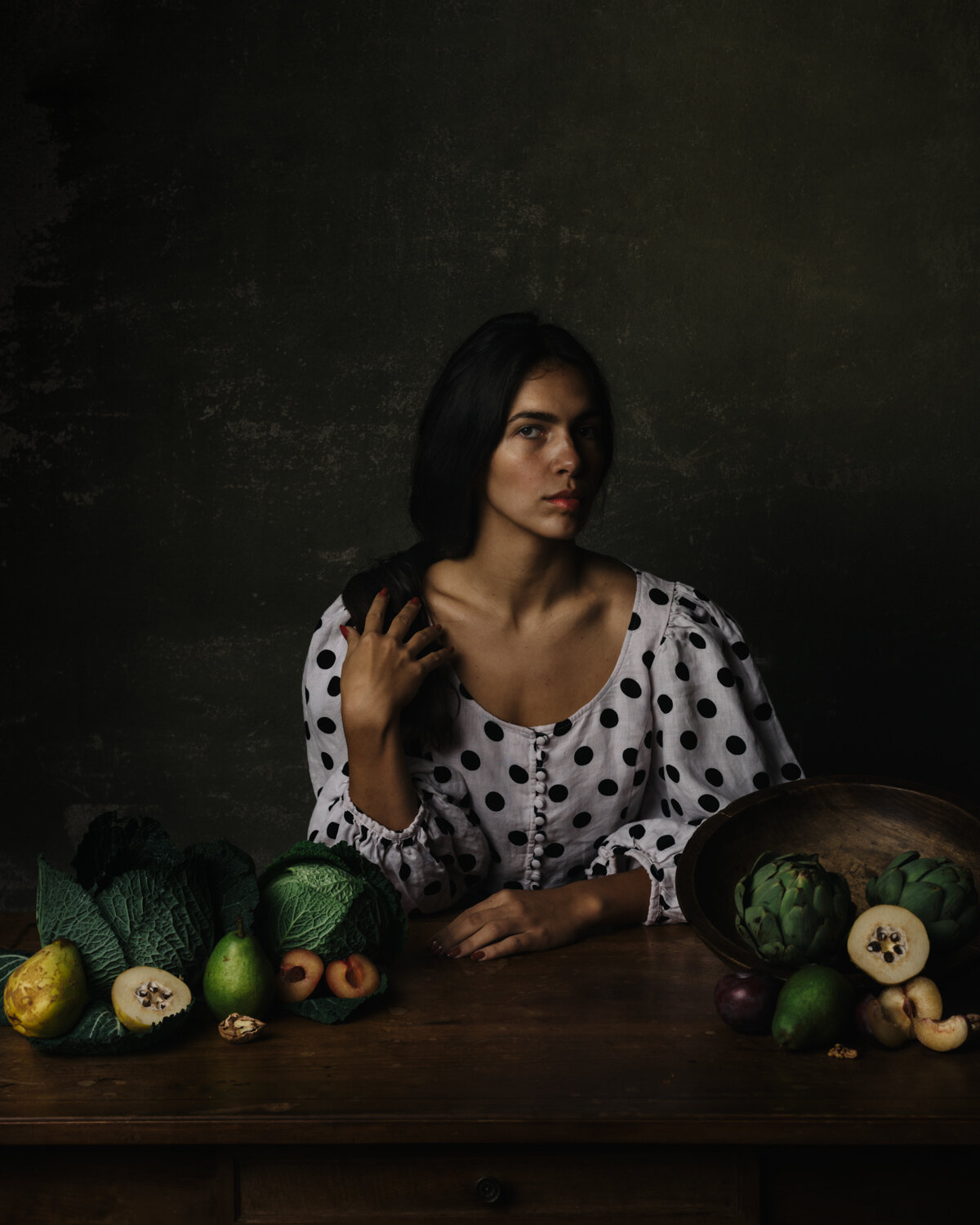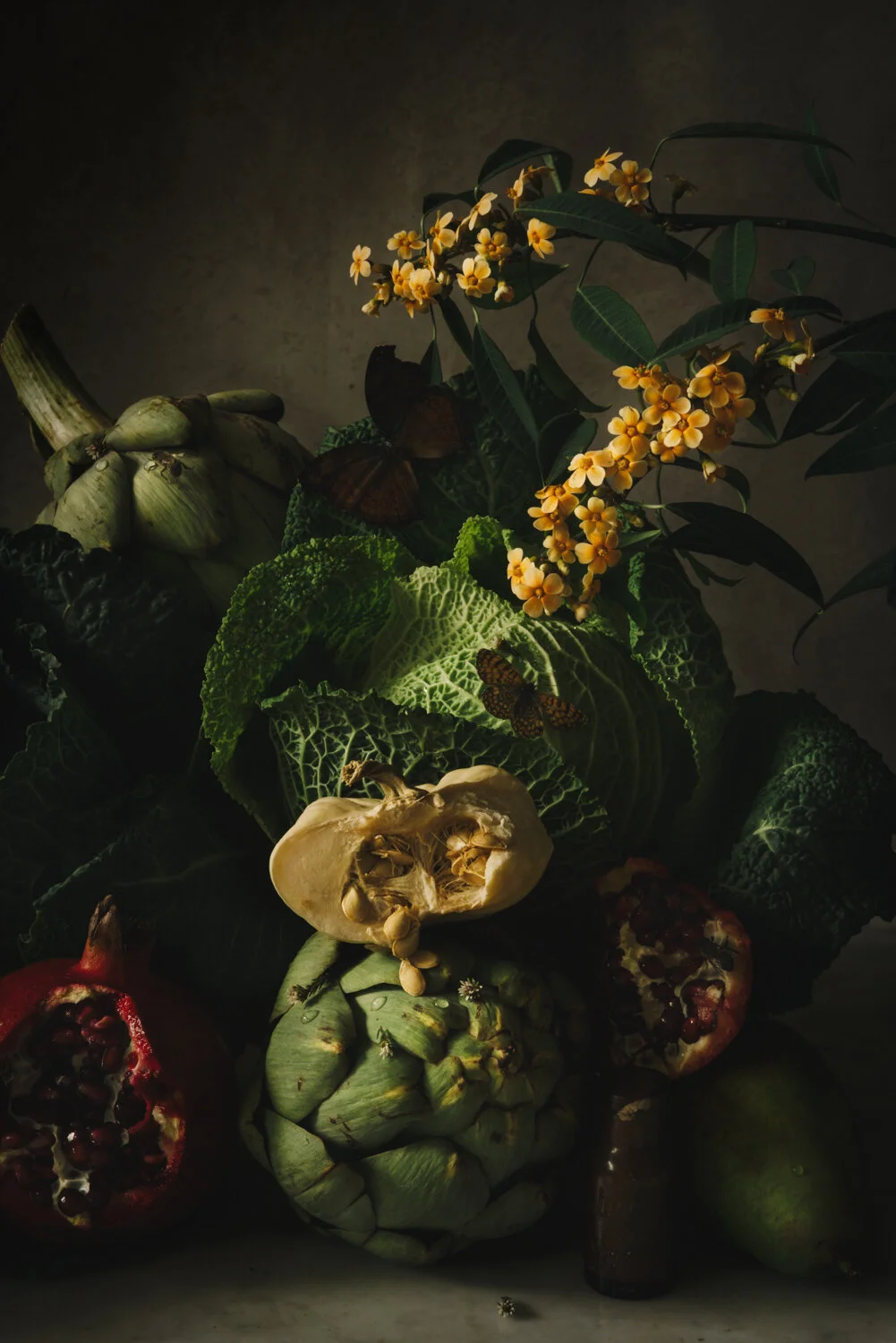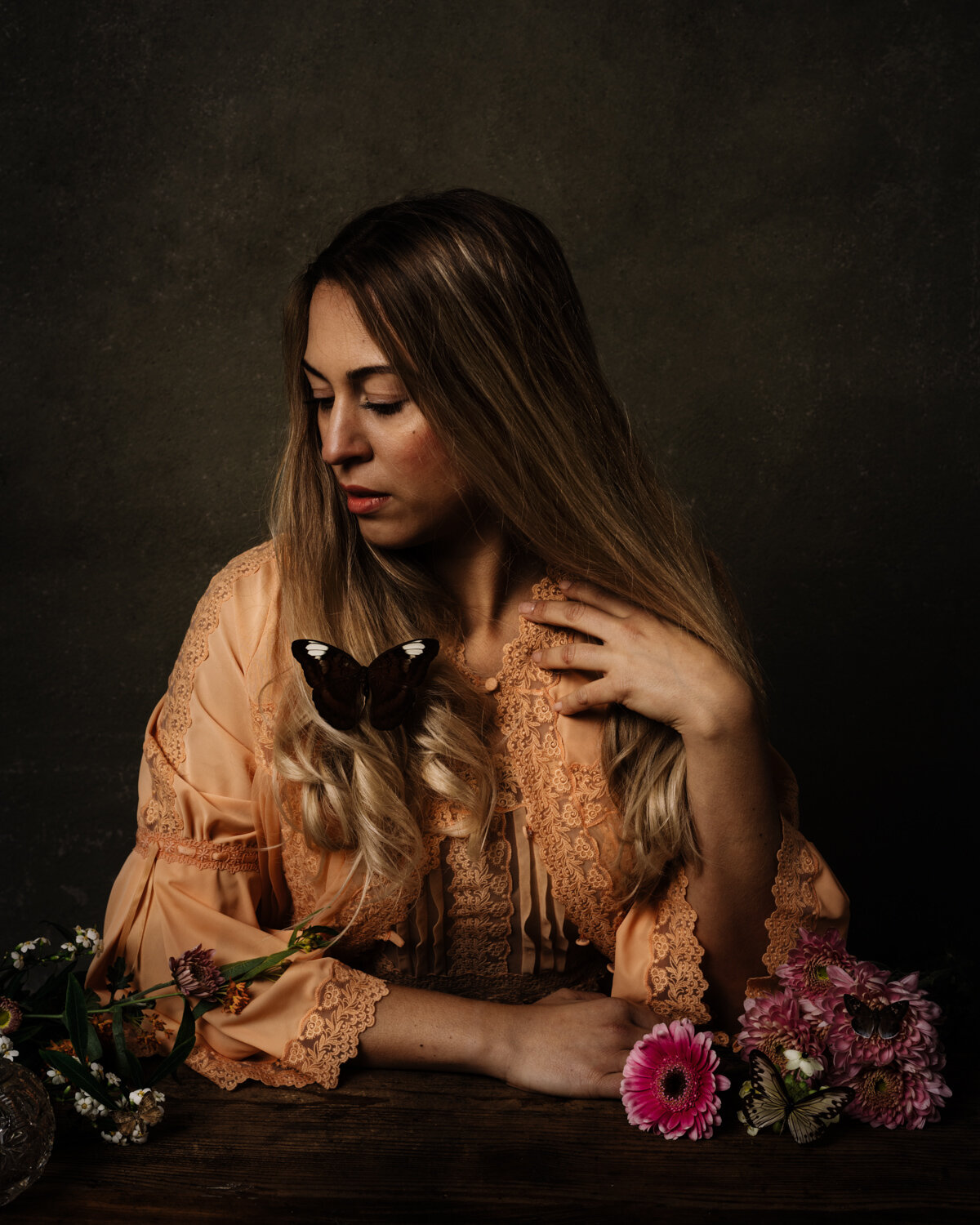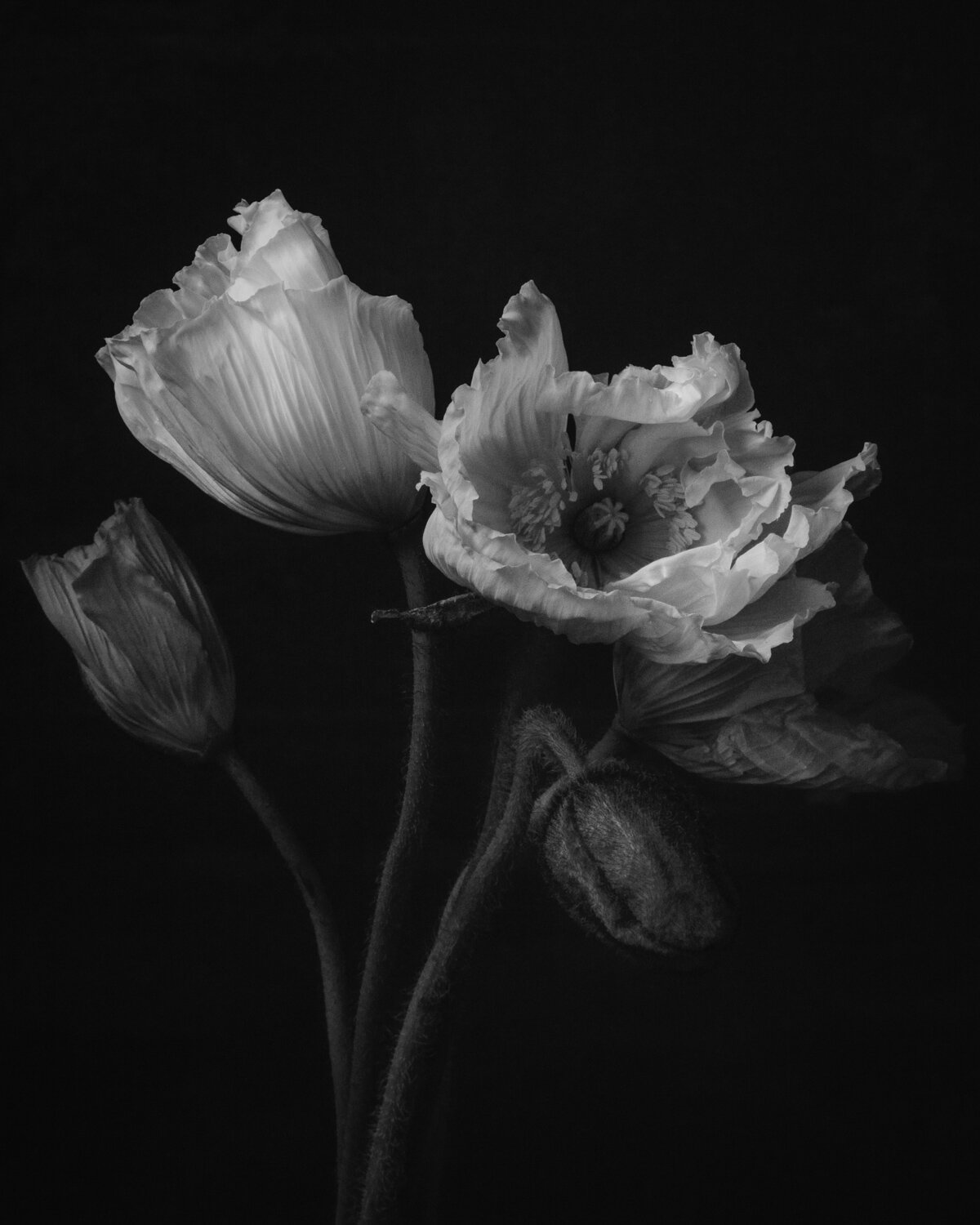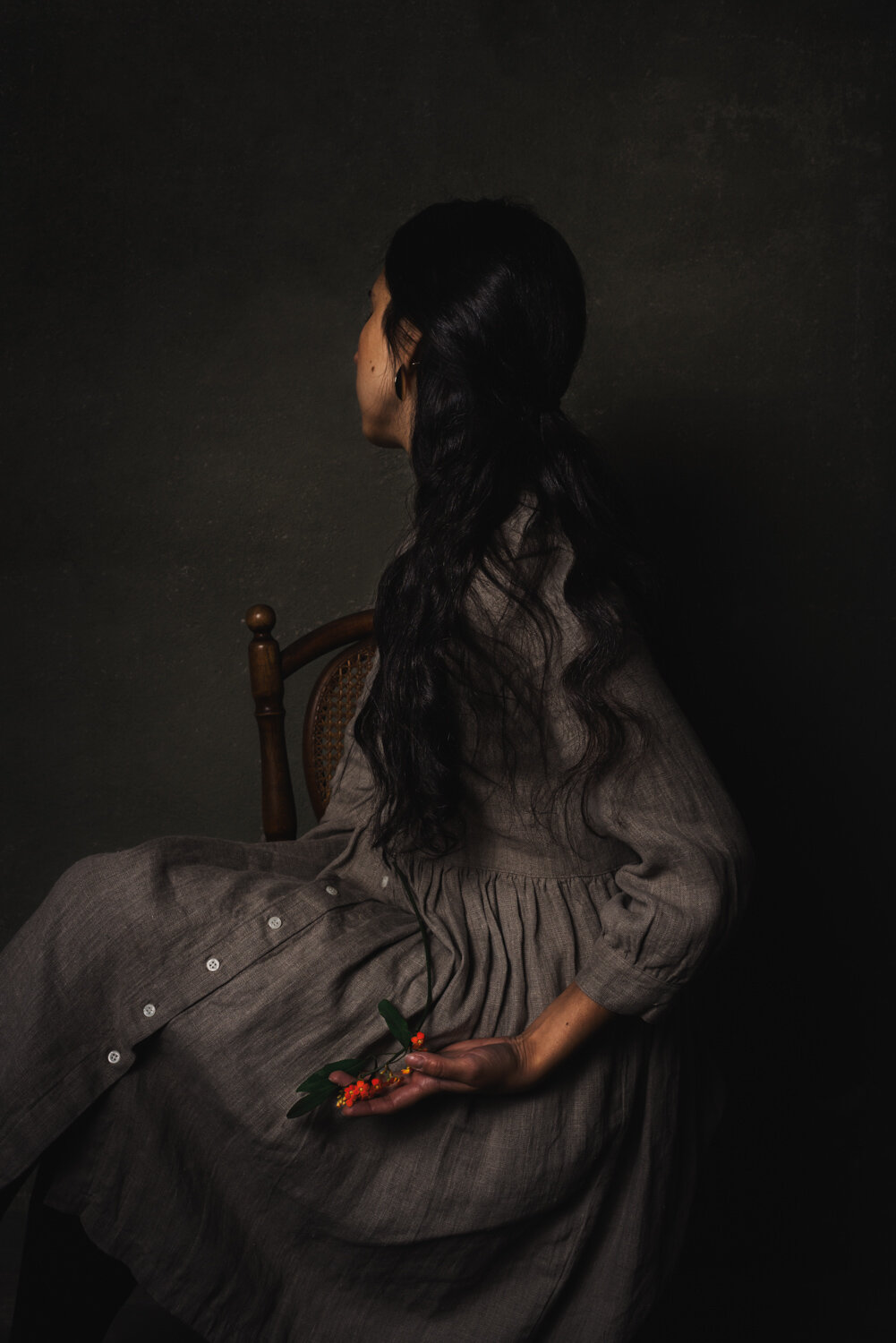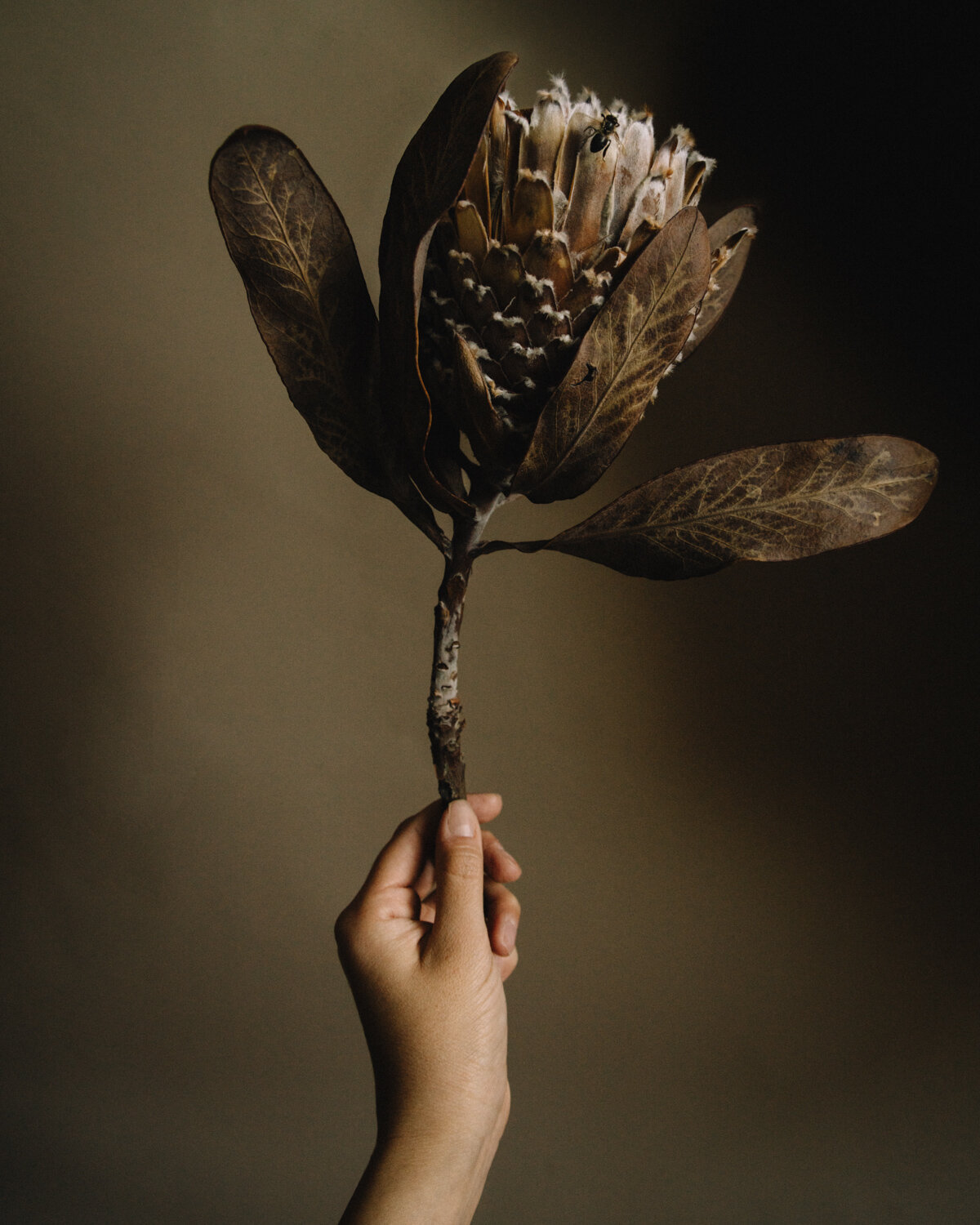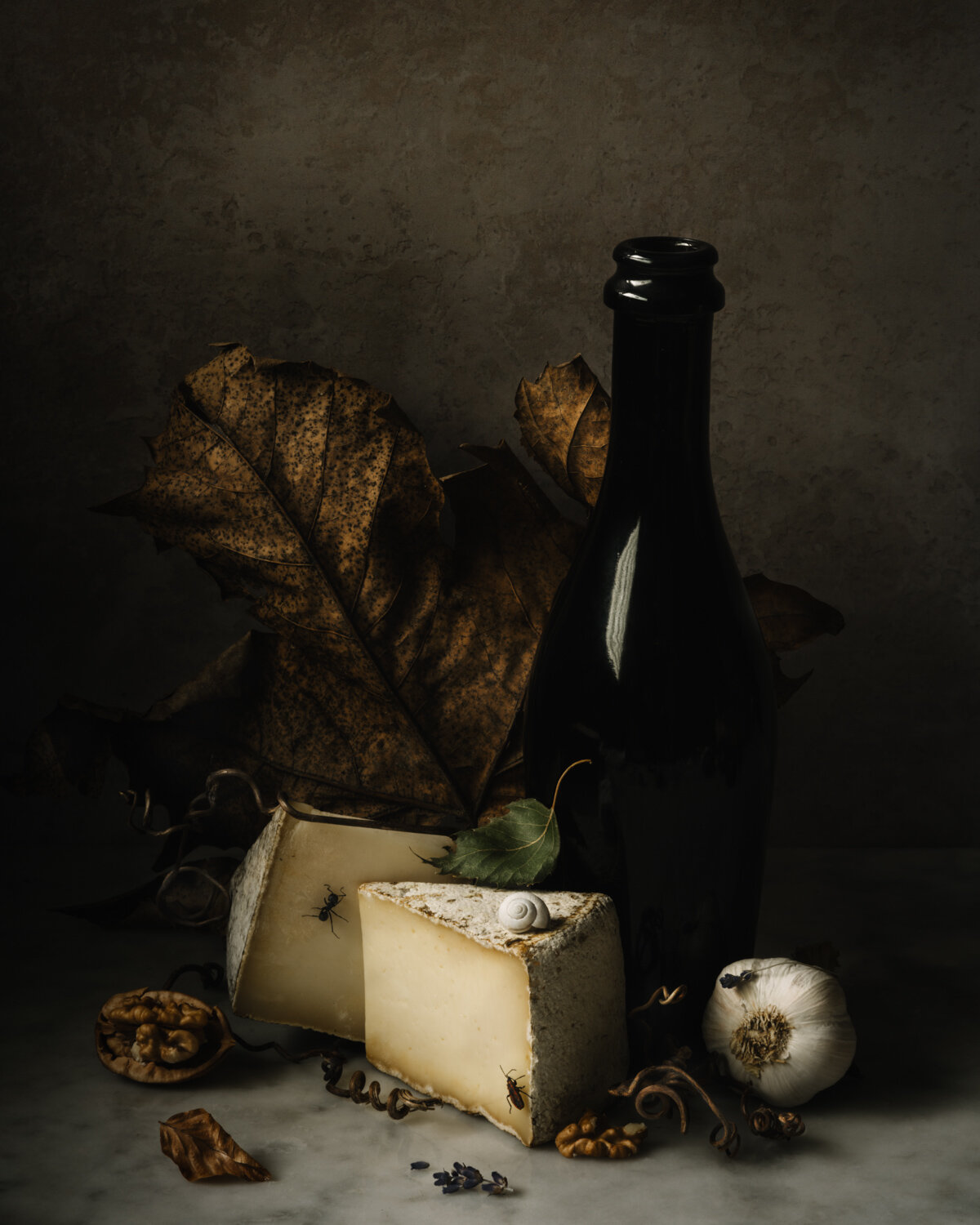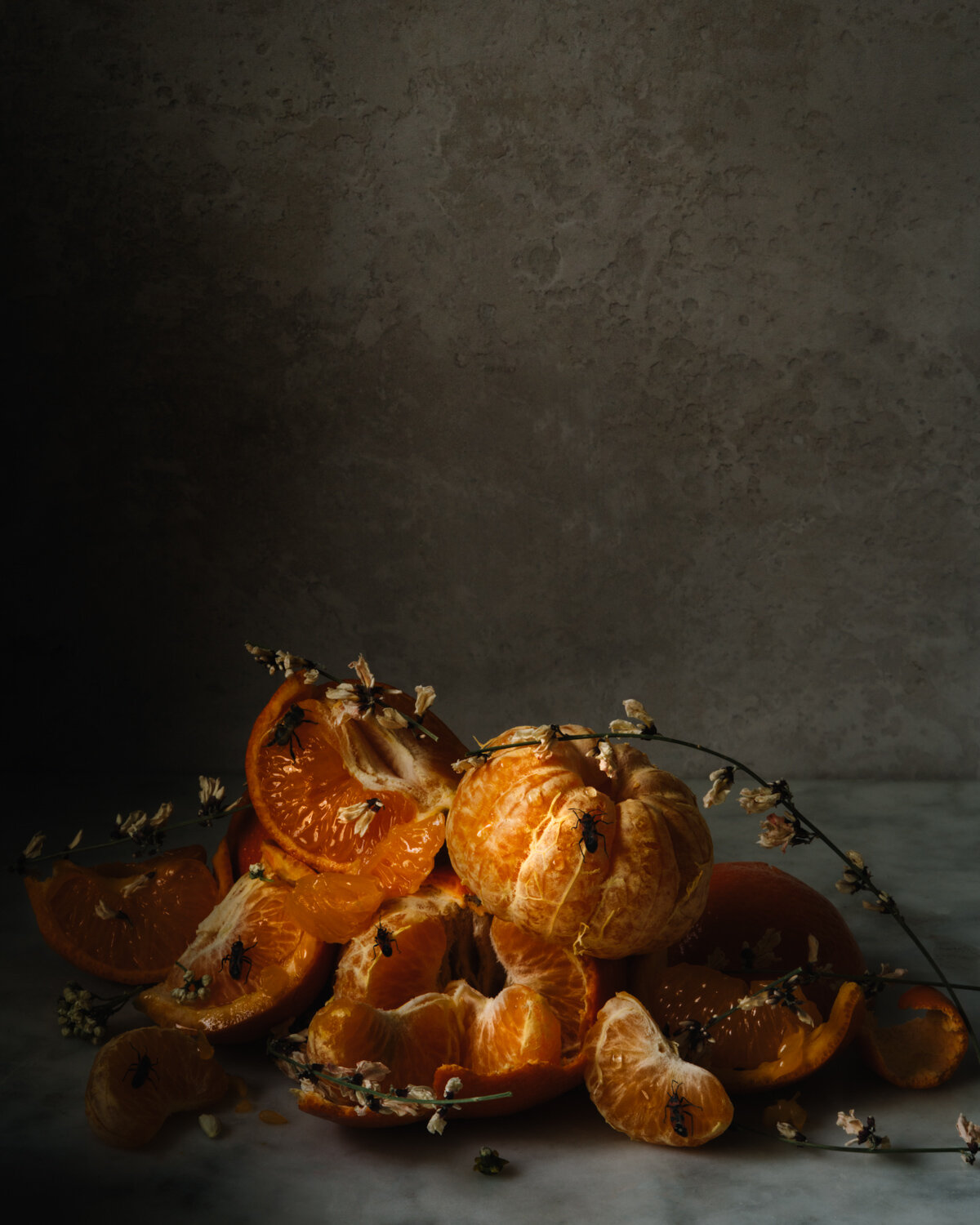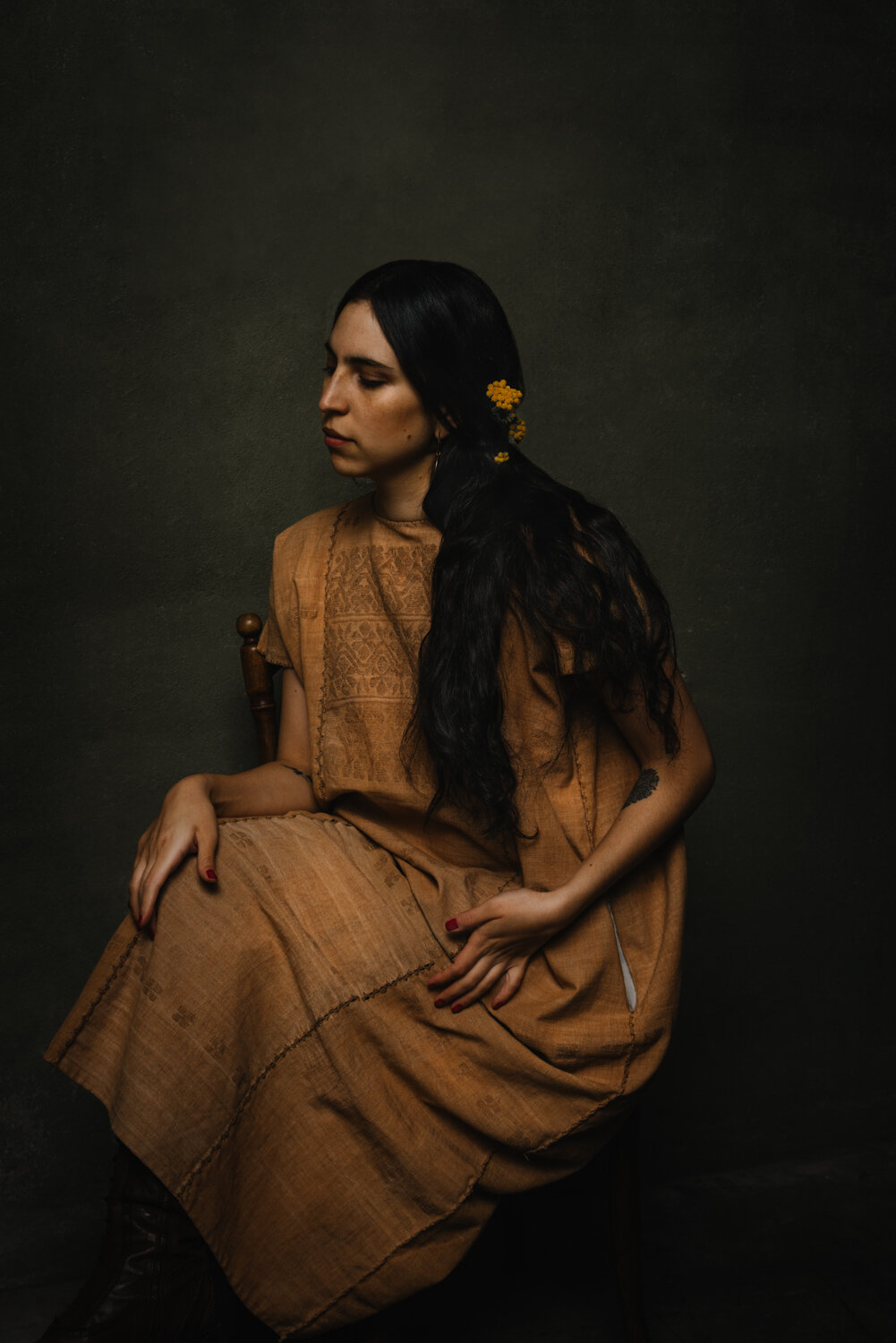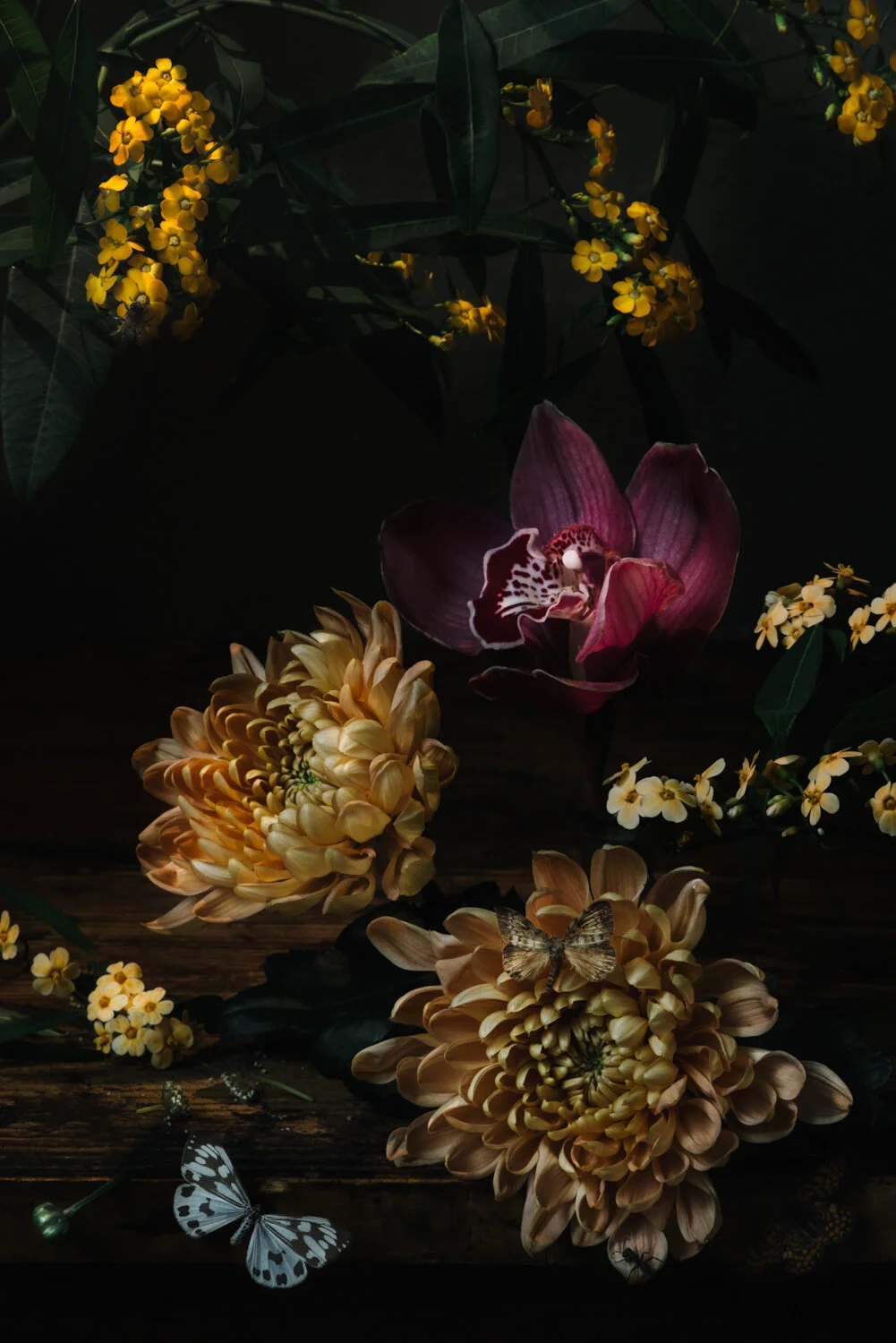Daniela Constantini - Still Life
Daniela Constantini
Author Sophie Beerens
Artist Daniela Constantini
Instagram @danielabistrain
Website danielaconstantini.com
Citrus fruits, delicate daisies, vivid green savoy cabbages and slices of ripe, succulent melons, among many other things, form the rich imagery of Mexican photographer Daniela Constantini's latest photographic project, Still Life. Her photographs derive much of their stylistic qualities from the still life traditions of Western painting — in particular, those developed in the 16th and 17th centuries by the likes of Dutch Golden age painters like Pieter Claesz, as well as those in the Spanish Baroque tradition of Juan Sánchez Cotán — yet the inclusion of female subjects, personal acquaintances of the photographer, adds an intimate dimension to her highly stylized images. Beyond the photographic series' root in traditional artistic conventions like the still life, Constantini attempts to convey a sense of nostalgia for her hometown of Mexico City — now residing in Bern, Switzerland, her photographs endeavor to fuse the bountiful inspiration she draws from the medieval city of her current place of residence with the poetic identity of her hometown, synthesizing past and present through the photographic medium.
The inanimate objects and living subjects of her photographs alike are illuminated by a kind of distinct, linear clarity that evokes the tenebrism of the Spanish still life, with its pronounced chiaroscuro and dramatic compositional quality. Fruits, flowers and vegetables in vibrant hues, their surfaces sometimes crawling with insects, are lifted from their stone-grey backdrops, transforming them beyond their individual origins into objects of symbolic value. In the tradition of Dutch and Flemish still lifes, ants were an allegory for hard work and the harvest, while butterflies signified transformation — Constantini makes ample use of these historical motifs, reappropriating them for the modern context in contrast with the motifs of today. The symbols are subtle, and easy to miss at first glance: the red nail polish, the cigarette, the hoop earring. The choice of clothing for her subjects suggests a repudiation of modern styles, favoring more classical silhouettes, yet their material quality betrays their origins in the contemporary.
While the hallmark of the traditional still life is its passive, static quality — emphasized in the painterly process, in which developments in slow-drying oil paints allowed for artists to create increasingly hyper-realistic images — the symbolism within the depicted objects and subjects marks them as products of the impermanence of time. In immortalizing these objects and figures in careful, meticulous compositions, one is reminded of their immutable, inescapable transience, hinting at the objects' inevitable future of decay, and leaving us with a memento mori for the modern condition.

